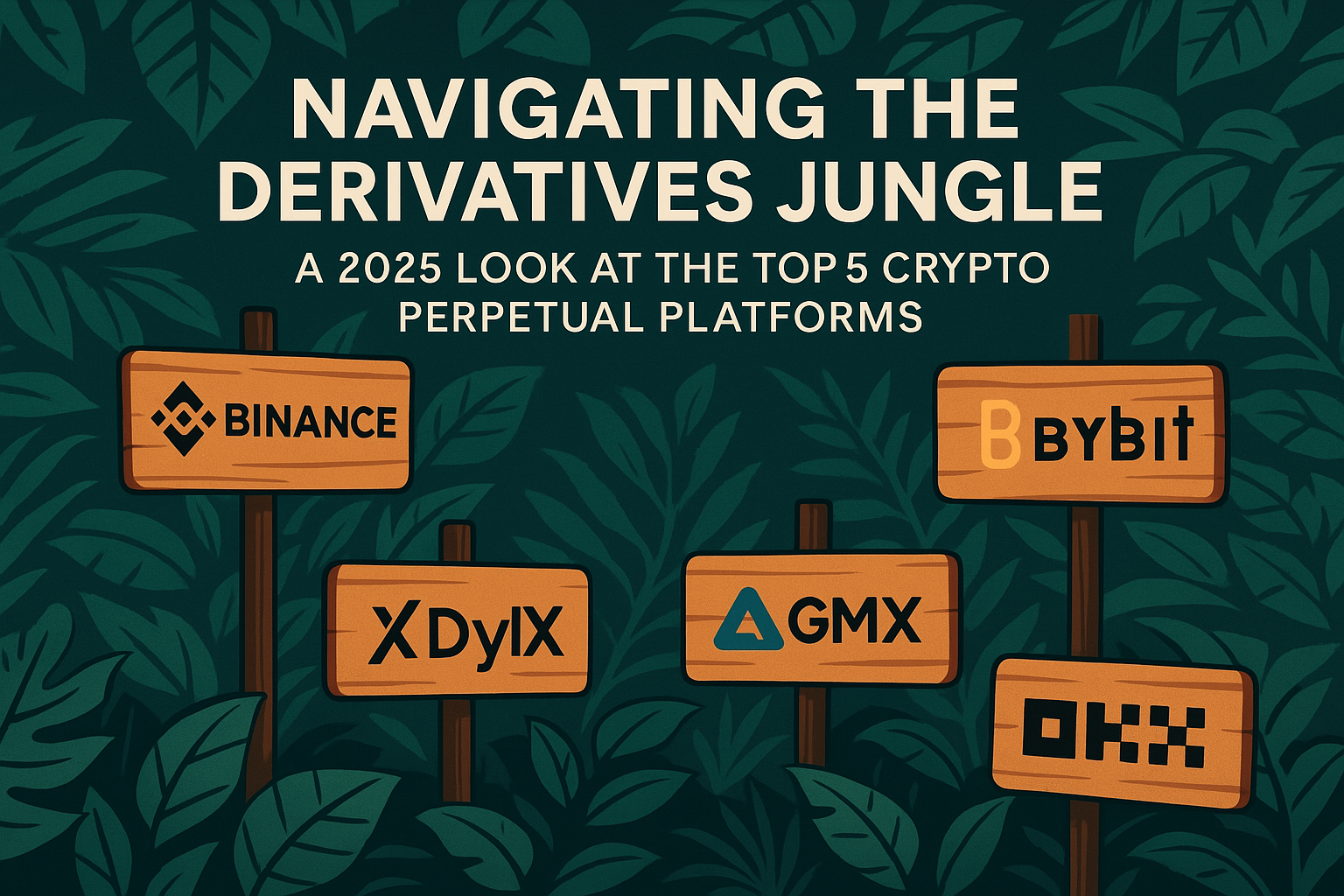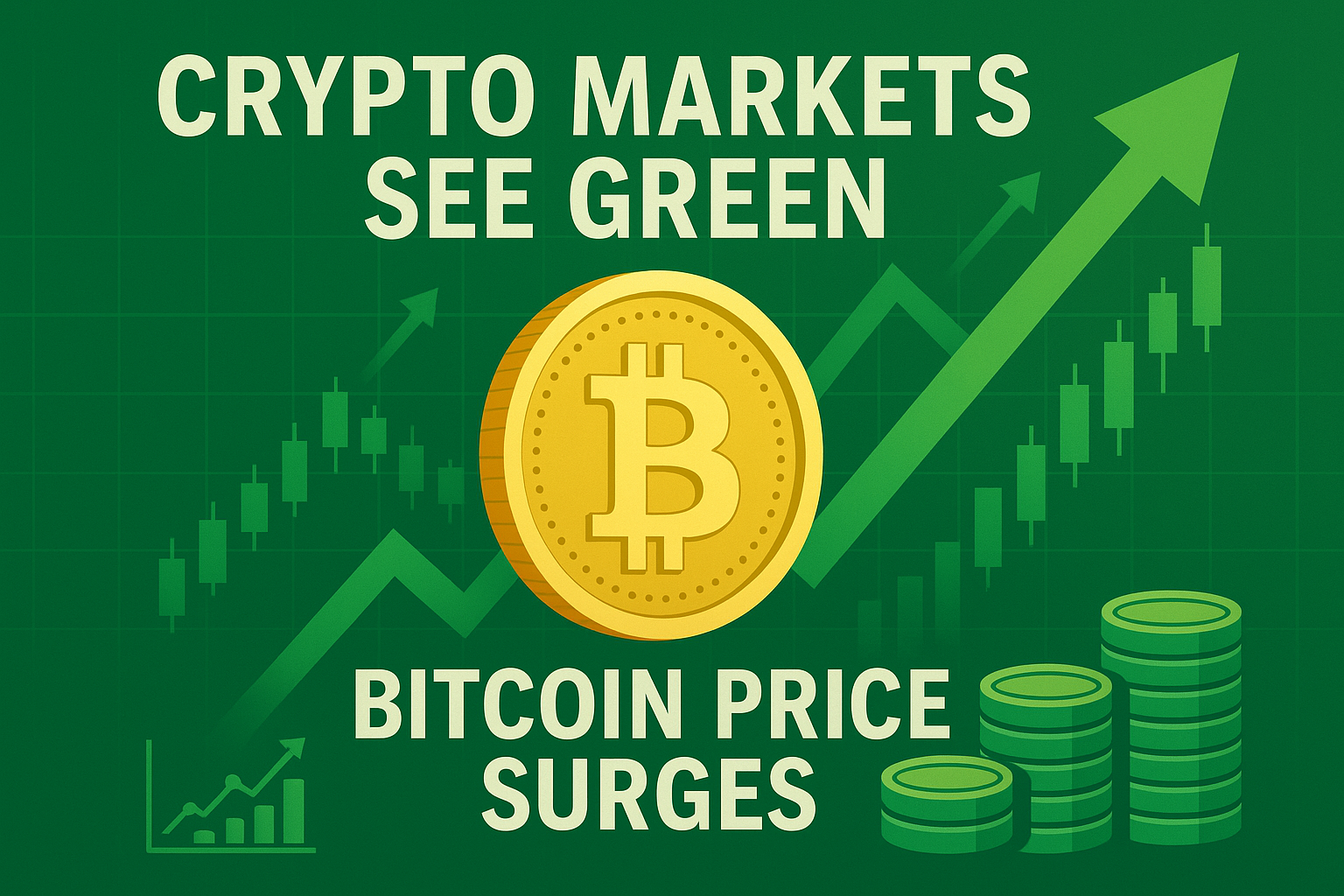The cryptocurrency market’s volatility can be both exhilarating and daunting. For traders looking to capitalize on price movements without owning the underlying asset, perpetual futures (perps) have become an indispensable tool. These contracts, with no expiry date, offer leveraged exposure and the ability to profit from both rising and falling markets. However, with a plethora of platforms vying for your attention, choosing the right one can feel like navigating a dense jungle.
Fear not, intrepid trader! In this blog, we’ll delve into the top 5 crypto perpetual platforms as of late April 2025, highlighting their key features, strengths, and weaknesses to help you make an informed decision.
Please remember: Trading perpetual futures involves significant risk and is not suitable for all investors. Always conduct thorough research and understand the risks associated with leverage before trading.
Here are five leading platforms that have consistently demonstrated strong performance, user adoption, and innovative features in the perpetual futures market:
1. Binance Futures: The Reigning Giant
- Key Features: Binance Futures boasts an extensive selection of perpetual contracts across a vast array of cryptocurrencies. It offers high liquidity, a tiered fee structure that rewards high-volume traders, and a comprehensive suite of trading tools, including advanced charting, order types (limit, market, stop-limit, trailing stop), and API support for algorithmic trading. Binance also provides various risk management features like position limits and margin controls.
- Strengths: Unmatched liquidity, a wide range of trading pairs, robust infrastructure, and a strong reputation within the crypto community. Its mobile app is highly rated and offers a seamless trading experience on the go.
- Weaknesses: Regulatory scrutiny in some jurisdictions remains a concern. The sheer volume of features and options can be overwhelming for novice traders.
- In 2025: Binance continues to innovate, introducing new perpetual pairs and features like portfolio margin, which allows traders to offset margin requirements across different positions.
2. Bybit: The User-Friendly Contender
- Key Features: Bybit has carved a niche for itself by focusing on a user-friendly interface and reliable trading engine. It offers a good selection of perpetual contracts, competitive fees (often with maker rebates), and excellent 24/7 customer support. Bybit is also known for its engaging trading competitions and educational resources aimed at both beginners and experienced traders.
- Strengths: Intuitive platform design, responsive customer support, strong focus on user experience, and innovative features like mutual insurance to protect against liquidations.
- Weaknesses: While its selection of trading pairs is growing, it’s still not as extensive as Binance. Liquidity, while generally good, can be slightly lower for some of the less popular pairs.
- In 2025: Bybit has been actively expanding its asset offerings and introducing more sophisticated trading tools while maintaining its focus on usability. Their emphasis on community engagement continues to be a strong draw.
3. OKX (formerly OKEx): The Feature-Rich Ecosystem
- Key Features: OKX offers a comprehensive suite of crypto services beyond perpetual futures, including spot trading, options, and lending. Its perpetual futures platform provides a wide variety of contracts, margin modes (isolated and cross), and advanced order types. OKX is also known for its robust security measures and its focus on institutional clients.
- Strengths: A broad ecosystem of crypto products, deep liquidity for major pairs, sophisticated trading tools, and a strong emphasis on security.
- Weaknesses: The platform interface can be less intuitive for beginners compared to Bybit. Regulatory issues have impacted its operations in the past.
- In 2025: OKX has been actively working to enhance its user interface and expand its global reach while continuing to offer a wide array of trading products and services.
4. KuCoin Futures: The Altcoin Specialist
- Key Features: KuCoin is known for its extensive selection of altcoins, and its futures platform reflects this strength by offering perpetual contracts for a wide range of less mainstream cryptocurrencies. It provides competitive fees and a user-friendly interface, making it an attractive option for traders interested in altcoin derivatives.
- Strengths: A vast selection of altcoin perpetual contracts, relatively low fees, and a straightforward trading platform. KuCoin also offers features like “Lite Futures” for beginners.
- Weaknesses: Liquidity for some of the more obscure altcoin pairs can be lower compared to platforms focusing on major cryptocurrencies. Regulatory clarity remains an ongoing issue for KuCoin in certain regions.
- In 2025: KuCoin continues to expand its altcoin offerings in the perpetual futures market, catering to traders seeking exposure to emerging crypto assets.
5. dYdX: The Decentralized Disruptor
- Key Features: dYdX is a leading decentralized exchange (DEX) offering perpetual futures trading. Built on Ethereum (with plans to migrate to its own chain), dYdX provides a non-custodial trading experience, meaning users retain control of their funds. It offers a growing selection of perpetual contracts and utilizes a transparent order book model.
- Strengths: Decentralized and non-custodial, offering greater user control and transparency. Innovative features like cross-margin and powerful API for algorithmic trading.
- Weaknesses: Can be more complex to use for beginners unfamiliar with decentralized finance (DeFi). Trading fees can vary depending on network congestion on Ethereum (though this is expected to improve with their own chain). Liquidity, while growing, may not always match that of centralized exchanges.
- In 2025: dYdX is a platform to watch closely as it continues its transition to its own blockchain, which promises lower fees and faster transaction times. The growth of decentralized derivatives trading positions dYdX as a significant player in the future.
Choosing the Right Platform for You:
The “best” perpetual futures platform ultimately depends on your individual needs and preferences. Consider the following factors when making your decision:
- Trading Pairs: Does the platform offer the specific cryptocurrencies you want to trade?
- Liquidity: How deep is the order book? Higher liquidity generally leads to better execution prices.
- Fees: Understand the maker and taker fees, as well as any other potential charges.
- User Interface: Is the platform easy to navigate and understand, especially if you’re a beginner?
- Security: What security measures does the platform have in place to protect your funds?
- Customer Support: Is support readily available and responsive?
- Regulation: Be aware of the regulatory status of the platform in your jurisdiction.
- Decentralization (if important): Do you prioritize a non-custodial trading experience?
The Crypto Derivatives Landscape in 2025:
The perpetual futures market continues to evolve rapidly in 2025. We’re seeing increased institutional participation, the development of more sophisticated trading tools, and a growing emphasis on user experience and regulatory compliance. Decentralized platforms like dYdX are also gaining traction, offering alternatives to traditional centralized exchanges.
Final Thoughts:
Choosing the right crypto perpetual platform is a crucial step for any derivatives trader. By carefully evaluating your needs and comparing the features and benefits of the top contenders, you can select a platform that aligns with your trading strategy and risk tolerance. Remember to always prioritize security, understand the risks involved, and never trade with more capital than you can afford to lose. Happy trading!




 Bitcoin
Bitcoin  Ethereum
Ethereum  Tether
Tether  XRP
XRP  Solana
Solana  USDC
USDC  Lido Staked Ether
Lido Staked Ether  TRON
TRON  Dogecoin
Dogecoin